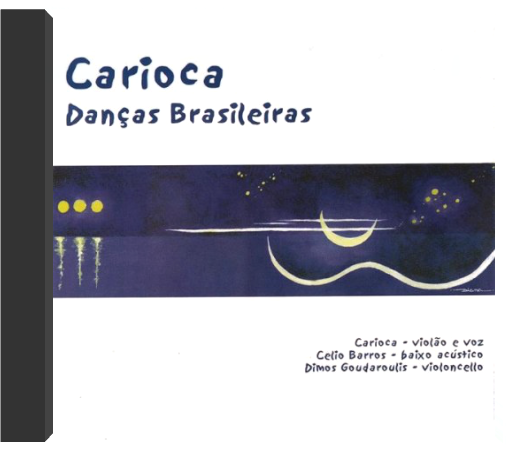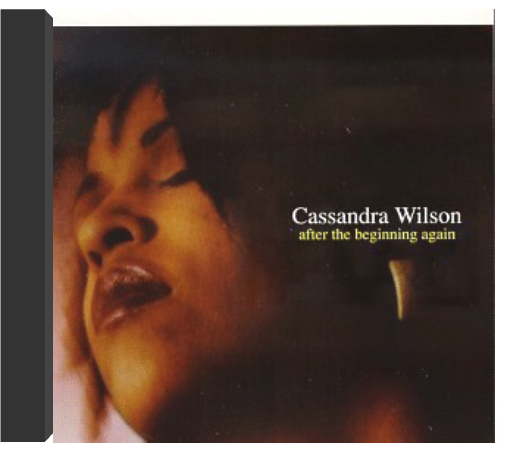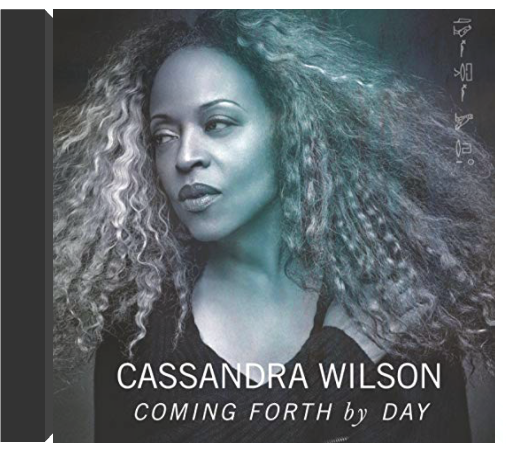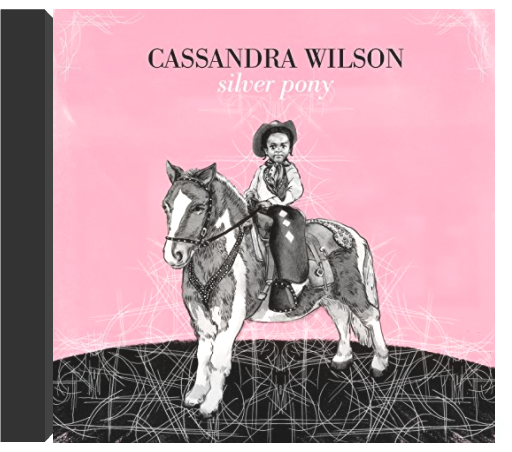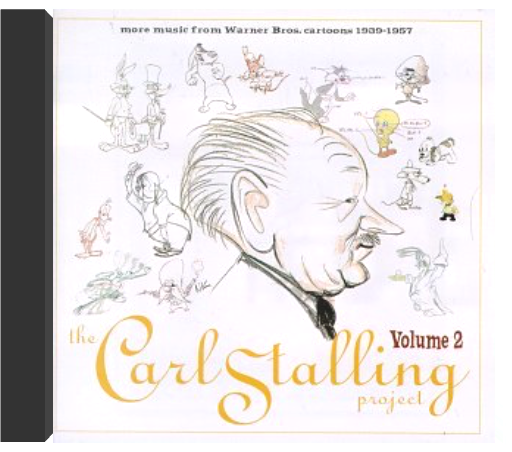 The Carl Stalling Project, Volume 2: More Music From Warner Bros. Cartoons 1939-1957Carl Stalling The Carl Stalling Project, Volume 2: More Music From Warner Bros. Cartoons 1939-1957Carl Stalling Music From Warner Bros. Cartoons, 1939-1957, More by STALLING PROJECT THE, CARL 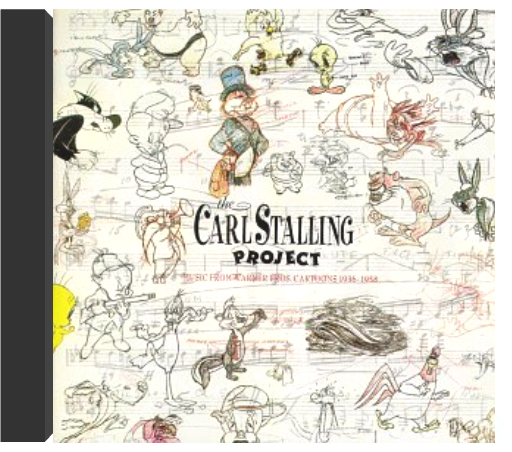 The Carl Stalling Project: Music From Warner Bros. Cartoons, 1936-1958Carl Stalling The Carl Stalling Project: Music From Warner Bros. Cartoons, 1936-1958Carl Stalling No Description Available 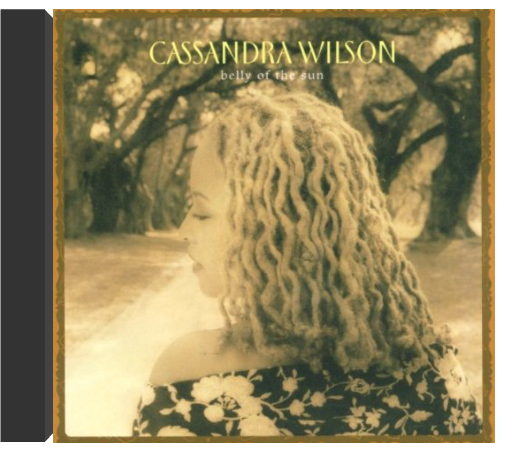 Belly of the SunCassandra Wilson Belly of the SunCassandra Wilson Belly of The Sun, her fourth release for Blue Note Records, is the classic Cassandra Wilson journey, where borders and boundaries are sometimes pushed, sometimes expanded, sometimes eliminated but always discounted as limitations. Embracing Blues, African, Jazz, R&B, Brazilian and pop sensibilities, Belly of the Sun, is an invitation into the many sounds that have filtered through the musical landscape of the South. Featuring both original material and startling interpretations of material by other songwriters such as The Band, Bob Dylan and Robert Johnson, Belly of The Sun is full of the power of Cassandra's Mississippi roots and the roots of American music. 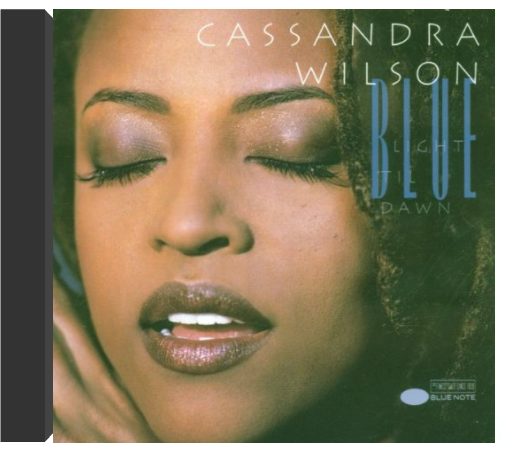 Blue Light Til DawnCassandra Wilson Blue Light Til DawnCassandra Wilson No Description Available. 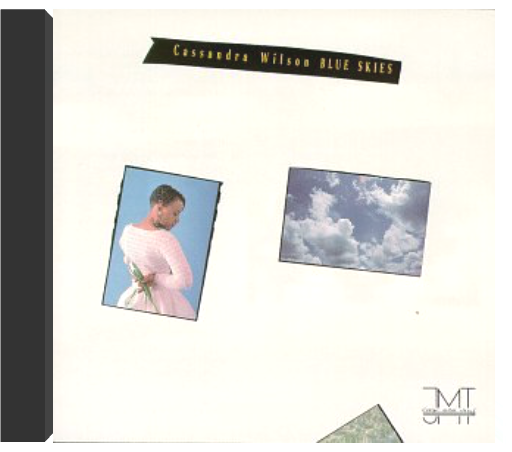 Blue SkiesCassandra Wilson Blue SkiesCassandra Wilson Cassandra Wilson has convincingly argued that all American popular music displays one fundamental aspect of the jazz tradition: a delight in taking songs—from the simplest to most profound—and recombining them into idiosyncratic form. That includes standards such as those she lolls into on this 1988 release—"Polka Dots and Moonbeams," "I Didn't Know What Time It Was," "My One and Only Love," and others. Underpinning these performances is an intriguing world-weariness, often of slightly sad (dare one say, postcoital) drowsiness. Wilson's sultry contralto augments that bold inflection, which impresses from the opening moments of the well-worn, usually more flirtatious "Shall We Dance." The straight-up support of Mulgrew Miller (piano), Lonnie Plaxico (bass), and Terri Lyne Carrington (drums) provides Wilson an unobtrusive foundation. —Peter Monaghan 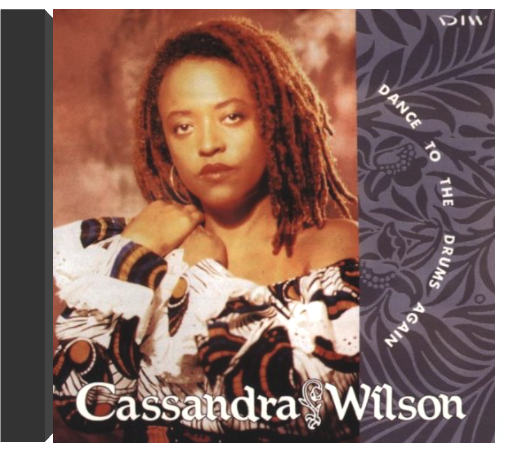 Dance to the Drums AgainCassandra Wilson Dance to the Drums AgainCassandra Wilson On this early-1990s release, guitarist Jean-Paul Bourelly began a string of increasingly sympathetic producers. Production, and judicious instrumentation, are crucial to Cassandra Wilson's deep, arch aesthetic. Here, her smoky voice finds a casual, sensuous, tenor-sax richness amid Bourelly's electric-guitar riffing. Her singing suggests many inspirations. Betty Carter and Nina Simone, certainly, but Ella, Sarah, and Billy echo in her poise, personality, and stylishness. Dinah Washington and Carmen McRae come to mind as well. Also formative were Wilson's 1980s contributions to New York's M-Base collective. They involved exploration of all the African-American musics then afloat. M-Base also was committed to artistic self-definition. Here, 6 of the 10 selections are by Wilson, including "Don't Look Back," one of her several anthems of black resilience. —Peter Monaghan 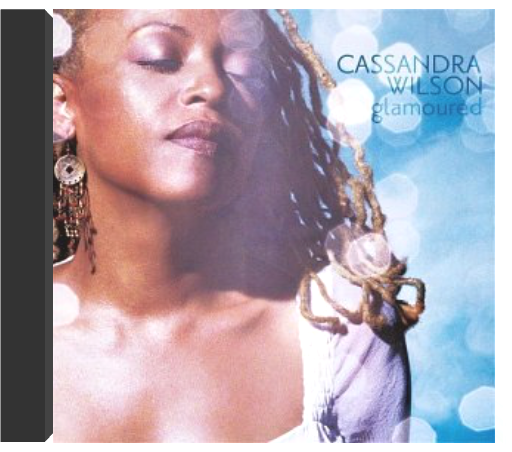 GlamouredCassandra Wilson GlamouredCassandra Wilson "Glamoured" is a Gaelic word meaning to be whisked away, says vocalist and songwriter Cassandra Wilson, explaining the title of her new CD. "It's like being in a daydream, those split seconds when you're transfixed and your eyes don't move and you have to shake yourself out of it. This album captures the feeling of that reverie." 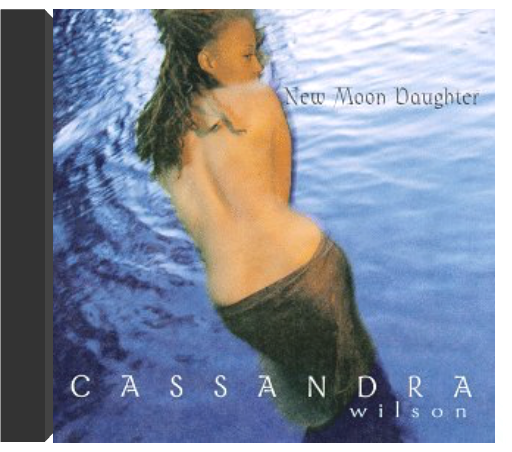 New Moon DaughterCassandra Wilson New Moon DaughterCassandra Wilson Her luscious alto has the depth and texture of a great tenor saxophonist, but Cassandra Wilson's defining asset is a postmodern song sense that enables her to surf through Son House, Neil Young, Johnny Mercer, Billie Holiday, and (gasp!) the Monkees in pursuit of strong songs that can provide that instrument with a canvas. Her second Blue Note album extends Wilson's seductive pilgrimage beyond the conventions of jazz repertoire and accompaniment, yet it's her instincts as a jazz singer that inform these brilliant readings. The settings again step away from traditional small group jazz (for starters, there's no piano) to evoke the emotional core of these songs. Anyone who can turn the Monkees' "Last Train to Clarksville" into a slow-burning erotic vignette deserves your attention. —Sam Sutherland |
 Made with Delicious Library
Made with Delicious Library
